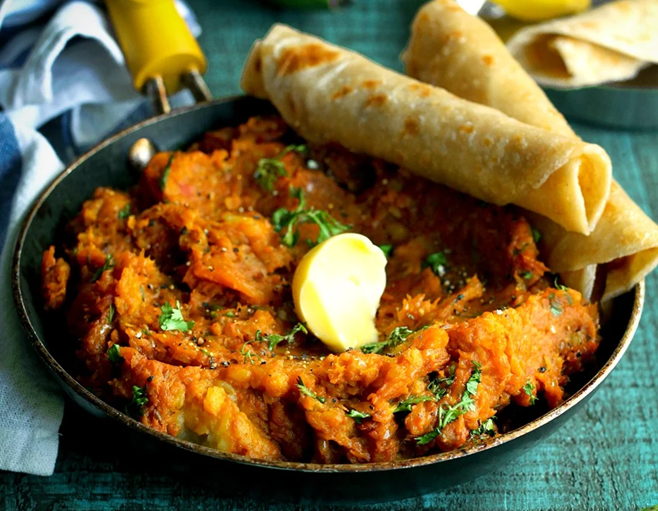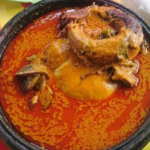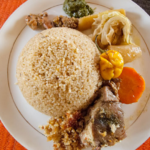Matoke, a traditional dish hailing from the East African region, is a delightful combination of steamed plantains served with an array of savory accompaniments. This popular and versatile dish is a staple in countries such as Uganda, Tanzania, Rwanda, and Kenya, where it is cherished for its rich flavors and cultural significance.
Plantains, a member of the banana family, are the key ingredient in Matoke. Unlike their sweet and soft banana counterparts, plantains are starchier and are typically cooked before consumption. When it comes to preparing Matoke, the green, unripe plantains are favored for their firm texture, which holds up well during the cooking process.
To make Matoke, the plantains are peeled, sliced, and then steamed until tender. The process is relatively simple but requires precision to achieve the desired consistency. Traditionally, the plantains are cooked in a large pot known as a sufuria, which is placed over a charcoal or wood fire. The steam created within the pot helps cook the plantains evenly, resulting in a soft, slightly sticky texture.
Once the plantains are steamed to perfection, they can be served in a variety of ways. Matoke can be enjoyed as a standalone dish or paired with a wide range of savory accompaniments, adding depth and flavor to the meal. Some popular accompaniments include meat stews, vegetable curries, or groundnut sauces. The choice of accompaniment often depends on personal preferences and regional variations.
In Uganda, for example, Matoke is commonly enjoyed with a beef or goat stew known as “luwombo.” This slow-cooked dish combines tender meat with a rich blend of spices, vegetables, and palm nut oil, creating a luscious sauce that complements the mild flavor of the plantains. In Tanzania, Matoke is often served with “mchuzi wa nyama,” a flavorful beef stew with tomatoes, onions, and various spices.
The accompaniments not only enhance the taste of Matoke but also add nutritional value to the meal. The combination of plantains with protein-rich stews or curries creates a balanced dish that is both satisfying and nourishing. Plantains themselves are a good source of dietary fiber, vitamins A and C, and potassium, making Matoke a wholesome choice for those seeking a well-rounded meal.
Beyond its culinary merits, Matoke holds cultural significance in East Africa. It is often served on special occasions, such as weddings, festivals, and family gatherings. The act of preparing Matoke is considered a communal activity, bringing together family and friends to peel, slice, and cook the plantains. The dish represents unity and togetherness, reflecting the region’s emphasis on communal dining and shared traditions.
In recent years, Matoke has gained popularity beyond East Africa’s borders, captivating food enthusiasts around the world with its unique flavors and cultural heritage. East African restaurants and food festivals have introduced Matoke to new audiences, allowing them to experience the authentic taste of this traditional dish.
Whether enjoyed in its country of origin or in international settings, East African Matoke continues to captivate taste buds with its simple yet satisfying combination of steamed plantains and savory accompaniments. Its cultural significance, versatility, and nutritious profile make it a dish worth savoring, sharing, and celebrating.








